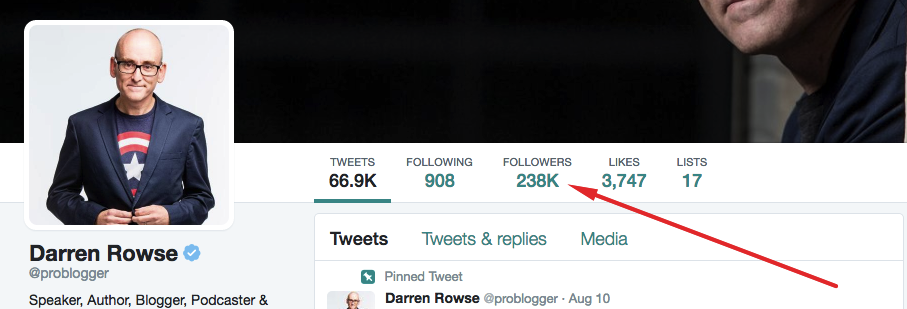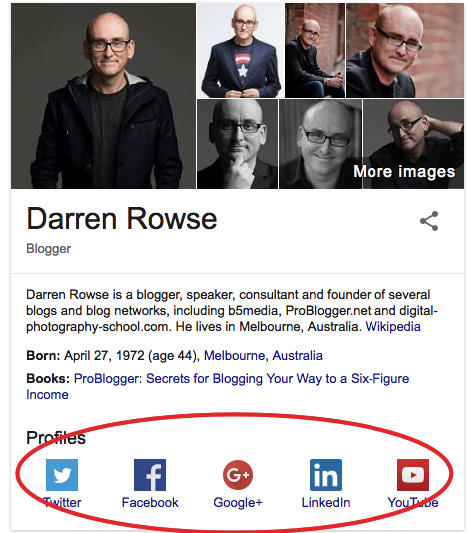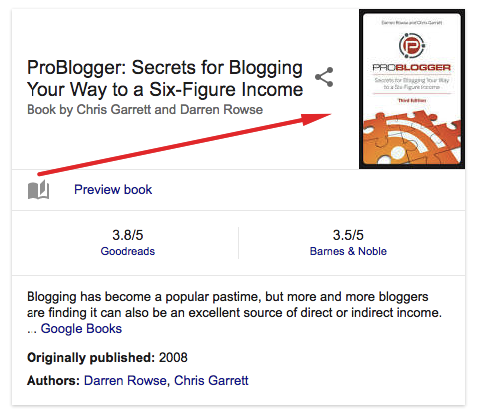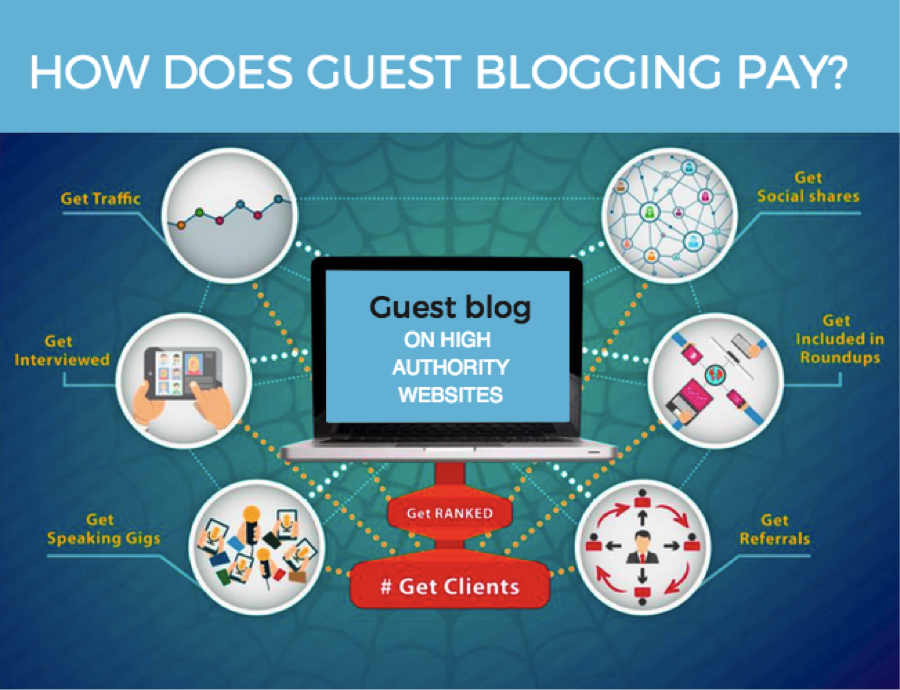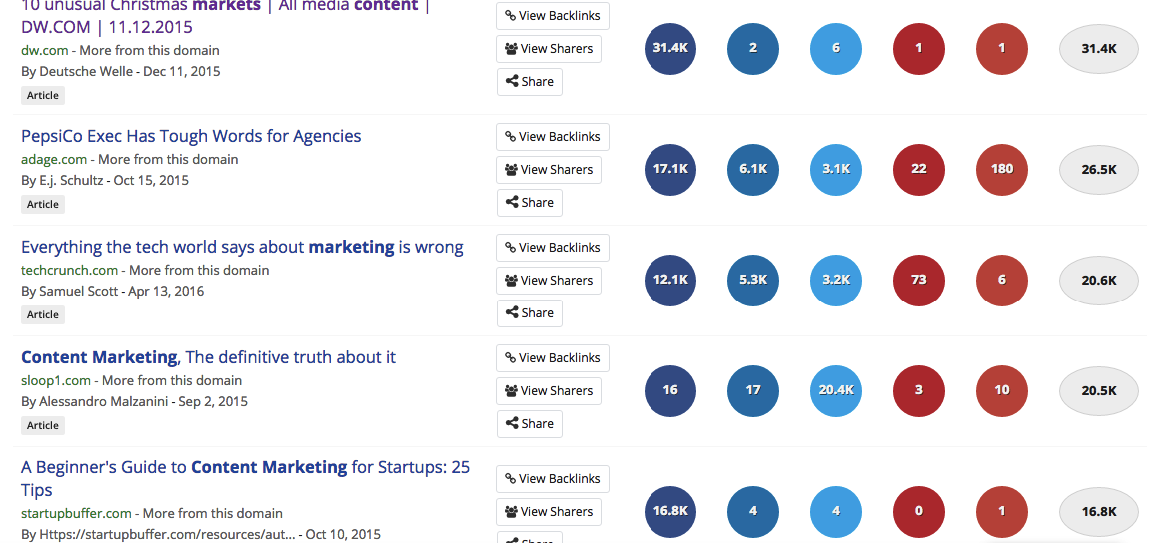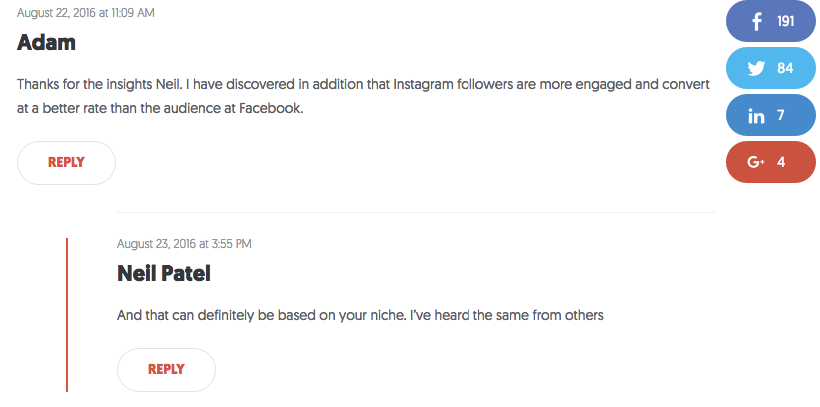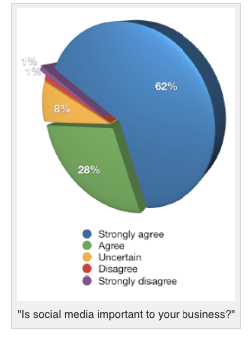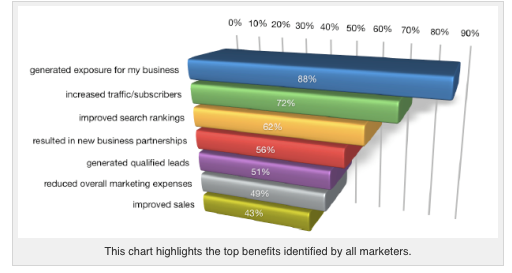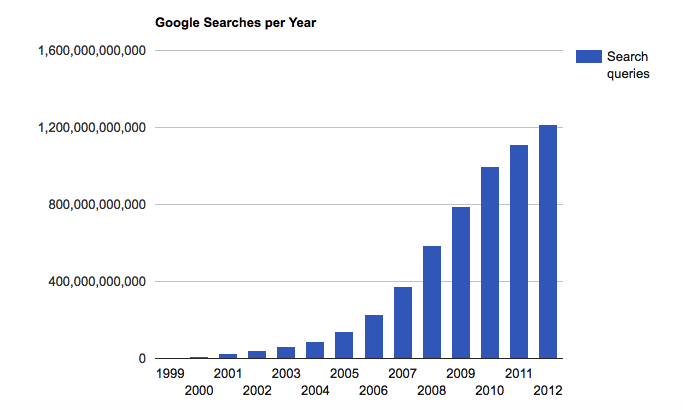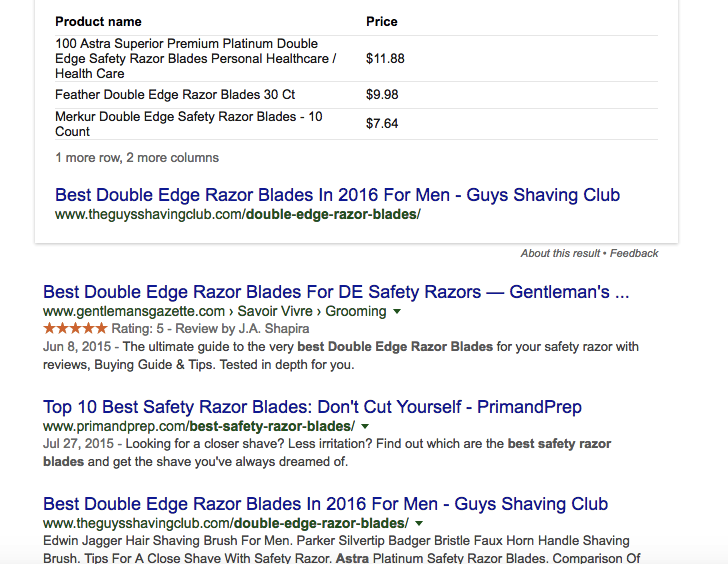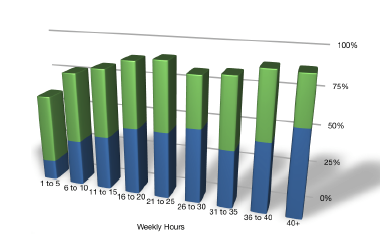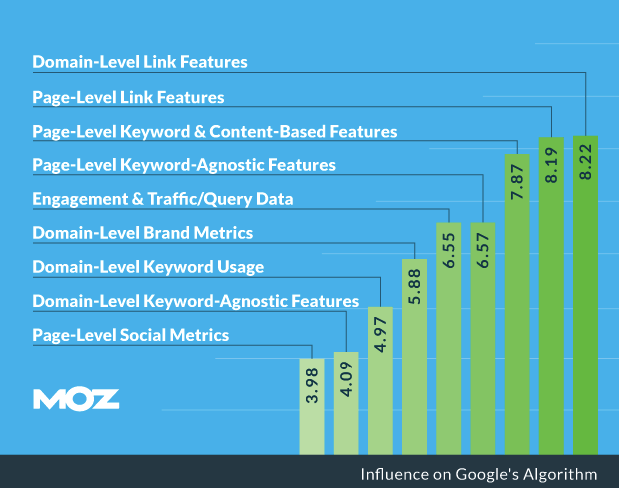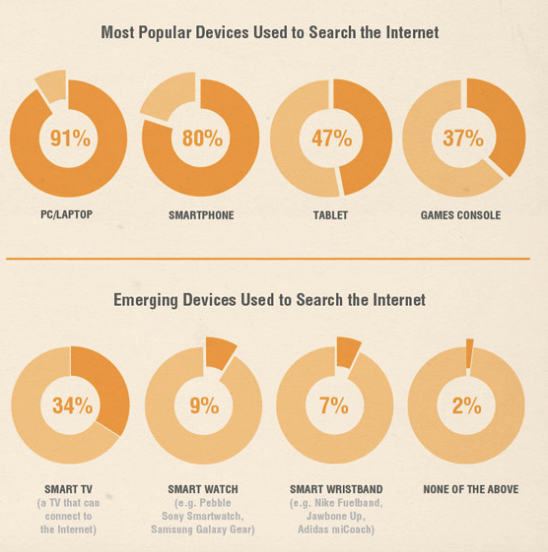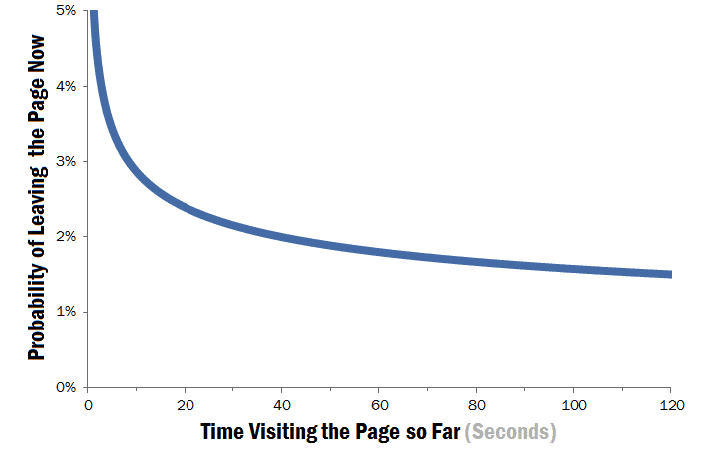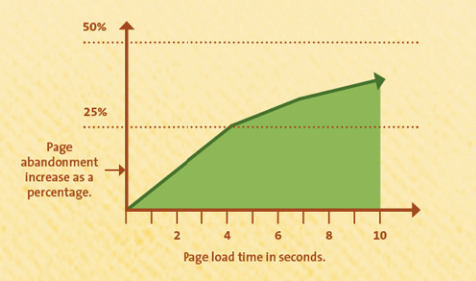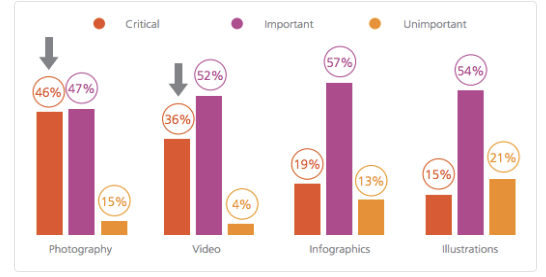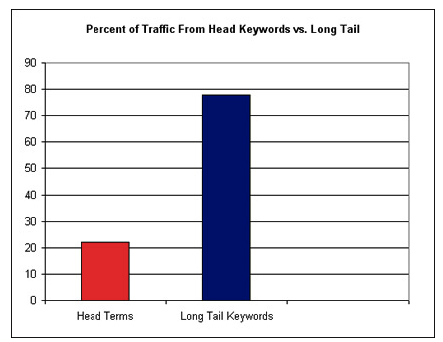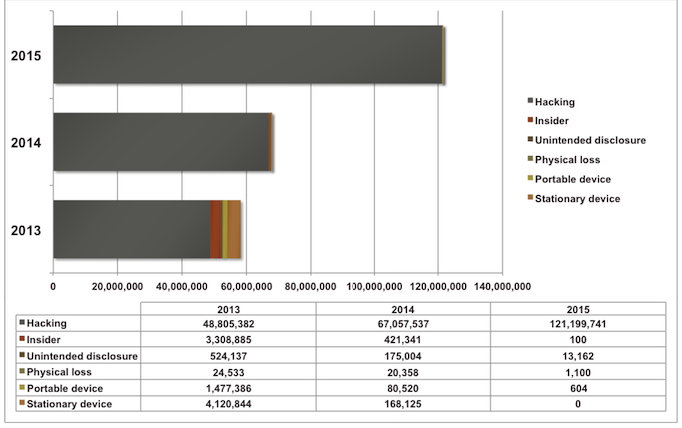When you think about it, a personal brand is one of the most useful things you can build.
It's powerful. It's valuable. It's killer.

But it also takes a considerable amount of work. As I've built my personal brand over the past few years, I've discovered that one's personal brand doesn't merely grow when you achieve some level of business success.
Instead, you have to work hard at it.
Building a personal brand is almost like building a business. You have to identify your target clients, discover the best marketing methods, and relentlessly work to deliver what they want.
But the results? Worth it!
As you build your brand, it becomes much easier to connect with prospective clients, close deals, and grow the opportunities that weren't possible when you started.
To get to that point, you've got to start with the right foundation.
Seventy-seven percent of B2B buyers said they speak with a salesperson only after they've performed independent research online.
More than 50% of decision-makers have eliminated a vendor from consideration based on information they found online.
With this many eyes watching, it pays to build your personal brand in the most effective way.
I've had success with growing my personal brand because of careful planning. I had things ready to go before I started promoting myself.
Here are the things you'll need to have in place as you work to develop your personal brand.
1. Head shots
I am immensely thankful that we've moved beyond the Glamour Shots era. Still, the people who used those portraits throughout their professional lives had the right idea.
(kind of…)

When you start to promote your personal brand, you want to be easily recognizable, and you want people to take you seriously. I have a number of professional head shots and photos that I use across my online properties for consistency.
As my appearance changes (and, yes, I do age…or mature), my head shots get updated.
Take pictures that represent the personality you're trying to portray, and use those images across all your social channels, websites, gravatar accounts, and author bios.
2. Your focus
Entrepreneurs working to build a personal brand typically want to be known as experts in something. When you're creating your personal brand, you need to identify that one thing that's your passion and area of expertise.
- What are you focusing on?
- What's your unique angle?
- What do you want to build your business around?
- What's your ultimate vision?
Understanding your focus and your vision helps lay the groundwork for the rest of the steps you need to take to create and launch your personal brand.
3. Your elevator pitch
Let's say you and I meet in an elevator. I strike up a conversation that quickly leads to your work. You've got about 30 seconds to explain what you do.
Can you condense your job or brand down into a short pitch that's clear and gets the point across?

This pitch isn't just for personal connection opportunities. The same brief statement can be utilized throughout social channels and online bios to help followers and prospects best understand who you are and what you bring to the table.
Write up what you do and what makes you valuable, and don't be afraid to make it detailed. Once you have the information down, start trimming.
Keep trimming until you get it down to a strong, impacting statement.
4. Know your USP
Your unique selling proposition (USP) goes hand in hand with your elevator pitch. This is what sets you apart from others in your industry or specialization. If there are 2,000 other entrepreneurs offering the same service, why should your prospective customers choose you?
Why should your audience pay attention to you?
What is your unique value they won't find with anyone else?
Your USP should be a succinct, single-sentence statement of who you are, your greatest strength, and the major benefit your audience will derive from it.

USPs typically fall into 3 categories:
Quality – It's about superior materials or ingredients, craftsmanship, or proprietary manufacturing. Think “Better Ingredients. Better Pizza.” from Papa Johns.
Price – Price isn't the best USP, but it can work if you offer the best prices, low rate guarantees, price matching, bulk discounts, or unique special offers.
Service – This can be unquestioned returns, satisfaction guarantees, or extended services to delight customers. Think Tom's Shoes's practice of giving shoes to the needy.
This is a critical component for branding. You'll use this to craft your pitch, and it will be prevalent in virtually all of your marketing messages and outreach.
5. A defined audience
Defining your area of expertise is only part of the journey. You have to know to whom you're catering. Building a brand is useless unless you're targeting the right people.
You have to define your audience so that any content you create is relevant, your marketing turns heads, and you can eventually monetize your brand.

Think of it like a game of darts. You score if you hit the board, but you score higher if you hit dead center. Without a target, you're just throwing darts blindly.
When you know your audience, you can:
- create highly valuable content specific to their needs
- generate offers that will provide solutions to their greatest problems
- create brand advocates who will embrace your message and help spread it for you
- identify the best ways to engage your audience
- identify places to find them
Defining your audience takes time and research, but without a clearly defined audience, you'll never grow your brand.
6. A student mindset
You have to maintain the mindset of a perpetual learner, no matter how much experience you gain in your field. Change happens fast, so adopt the “I am a student and always need to learn” attitude.
Tune in, listen, and stay up-to-date with industry trends.
If you fail to stay relevant, people will stop paying attention to you.
It never hurts to learn new things, develop new skills, and expand your knowledge. Everything you learn is an opportunity to pass something new to your audience and provide more value.
7. Create a marketing strategy
Before you launch your personal brand, you need a strategy that details how you'll promote yourself. While it doesn't need to be as robust as a marketing strategy for a major brand, it's still a good idea to create a documented marketing plan you can follow.
This should include (but isn't limited to):
- social media deployment and posting schedule;
- plan for influencer outreach and engagement;
- content marketing strategy for the creation, distribution, and promotion of content;
- SEO and link building strategy with tactics like guest blogging to improve visibility;
- community engagement strategy for groups and sites such as Quora.
8. A personal brand audit
While you're in the process of creating your personal brand, you likely already have public information available about you.
Before you push the growth of your brand, take the time to audit your online presence. Do extensive searches for your name and identity online.
This can help you manage anything that doesn't mesh with your brand image as well as show opportunities for your branding campaign once you get started.

This isn't a one-time audit, either. Schedule routine reviews of your personal brand to monitor how you appear on the web.
9. Create a personal website
A website isn't just a place to toot your own horn.
You certainly want to show off your expertise and the work you've done. You also want to make sure you control as much real estate around your brand as possible.
A branded website is another source of content that will show up at the top of the search results when people search for information about you.
Having a website ensures that you stay in control of the top search results rather than allowing third-party sites to shape your online image.
10. Define your story
The strongest personal brands are carried by a potent narrative. The people most interested in following you or working with you will want to know your story.

If you specialize in more than one area or have a series of things you're passionate about, a narrative becomes even more important.
It's a unified theme that ties everything together.
Think about some of the most well-known personal brands like Mark Cuban, Steve Jobs, Warren Buffet, or Richard Branson.

In every case, the stories are well known and the narratives lend tremendous weight to these people's brands, ultimately defining how we see them.
What's your story?
11. Build on Feedback
Even when we look into a mirror, it's not easy to define ourselves and understand who we are. It's just not that easy to form an objective opinion of ourselves.
Use the feedback from others you know to build the framework for your personal brand. Ask people you trust, e.g., colleagues, friends, family and co-workers, to describe you with just a few adjectives. You can also ask additional questions like:
- What do you think I'm good at?
- What do you think my weaknesses are?
- What are my greatest strengths?
12. Define your goals
Why are you developing this personal brand? Is it to create a solid image to help you land a better position in your career? Do you want to create a more trustworthy and authoritative persona to land clients?
Creating goals can help you shape your personal brand and the direction of your promotion and marketing. Aside from your major goals, you should also define smaller, more readily attainable goals.
Where do you want to be in 6 months? In a year? What are your traffic goals for your brand website?
When you create goals, break them down into smaller milestones, and create a roadmap you can follow from launch to achieve those goals.
13. Create a personal style guide
Brands often use style guides to define the appearance of their logos, fonts, and colors to represent themselves and their products/sevices. This may even include employee dress code.
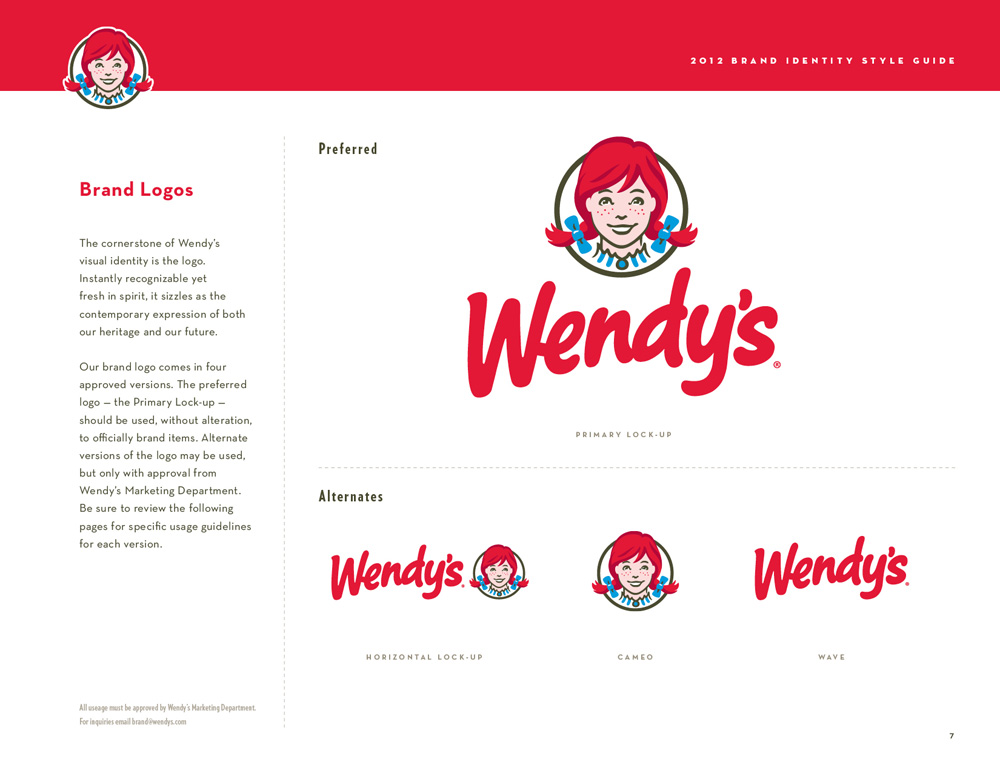
Everything you do contributes to your personal brand. Create a personal style guide similar to what the brands use. This way you have a consistent representation of your personal brand.
This should include the way you dress, carry yourself, behave with others, and even write and respond to emails.
14. Create a content strategy
Even though I mentioned creating a marketing strategy already, I feel it's important to list this on its own. Not everyone will create an overall marketing strategy or social media plan. At the very least, you should create a content marketing strategy.
Much of your branding will revolve around content.
You'll use content to build authority and show your expertise. You'll create guest posts to generate referral traffic and links. You might create short videos to share your ideas.
A content strategy can help you maintain a consistent schedule and generate the right topics for your audience as well as give you the greatest chance of growing your personal brand.
Moz has created a terrific content strategy framework you can use to plan your own.
15. Perform a competitive evaluation
Personal brand building isn't a popularity contest, but it does pay to know where you stand in the crowd.
Occasionally, you can collect some data, e.g., from Google trends, that will display the general query interest around your personal brand.

You want to know some of the key metrics around your brand so you can pivot and act accordingly.
This data is from Buzzsumo.

In the early stages of building your personal brand, you may or may not be selling anything. Regardless of your approach to monetization, you have competitors. They'll fall into two categories:
- Direct competitors, competing for your audience's money
- Indirect competitors, competing for your audience's attention
Once you've identified your audience, you need to take stock of the industry and find out who is turning the heads of your audience and what they're using to keep them engaged.
You don't want to mimic your competitors. That's bad. Remember, you want to be unique.
A competitive evaluation will give you the insight to take whatever your competitors are doing and do it 10 times better so you can capture and hold the attention of your audience.
Conclusion
Your personal brand is how the world will see you. For that reason, you need to polish your brand and give it a strong start, out of the gate. Starting with an unpolished and uninteresting brand is only going to hurt your efforts.
Including these elements in the launch of your brand will connect you with the right people. Those people will begin to identify you with a specific industry or area of expertise. As you share information and build rapport, you'll be well on your way to becoming a trusted authority in your niche.
It won't take long before the right opportunities will present themselves, and your branding efforts will begin to pay dividends.
Have you started building and promoting your personal brand? Which elements do you think are most important for making you stand out in your industry?

